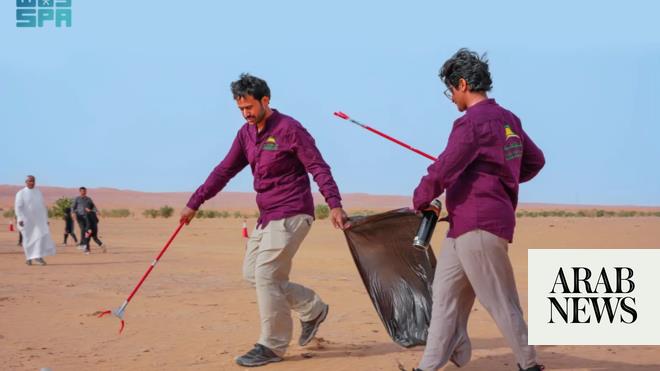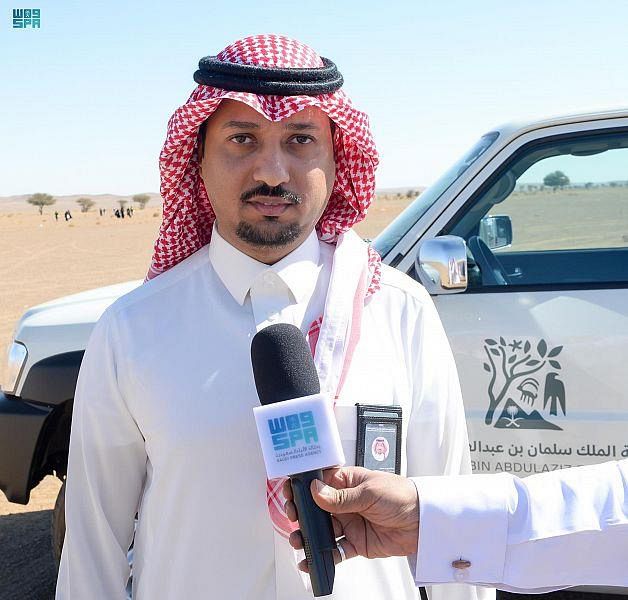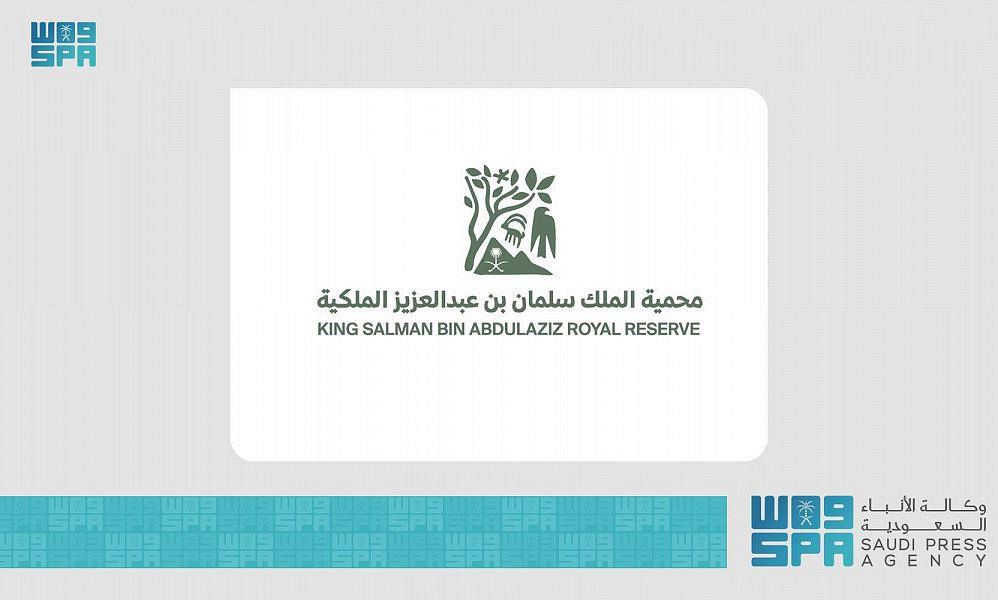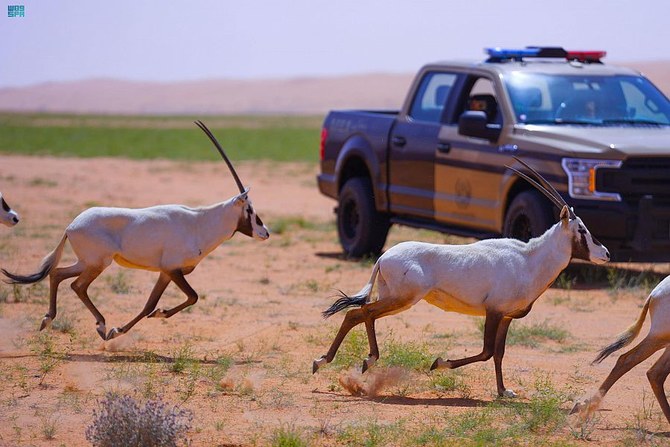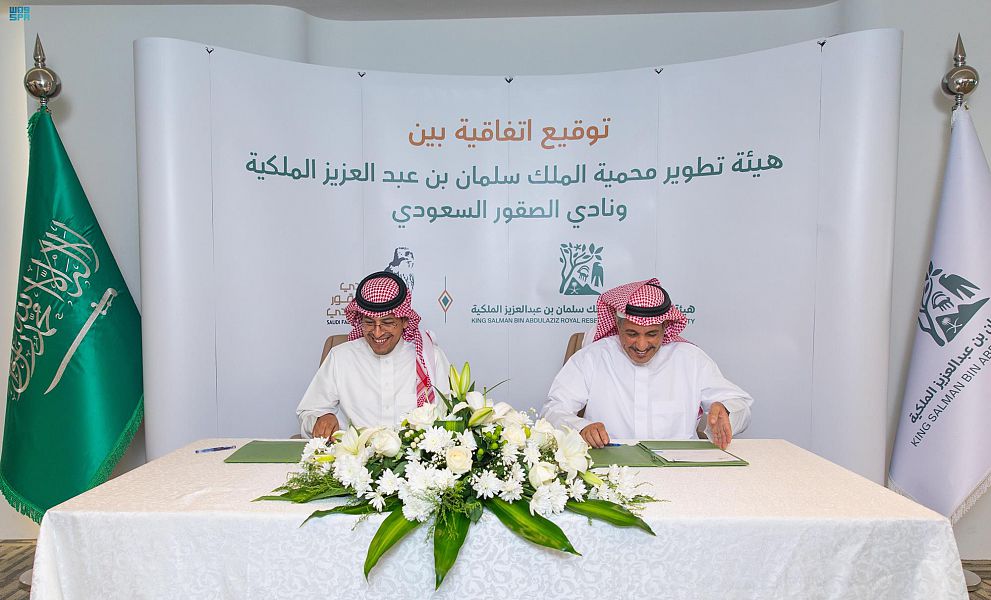
RIYADH: A host of wildlife, including mammals, birds and rodents, will be released into the King Abdulaziz Royal Reserve later this year, according to the head of the body responsible for its management.
“We will introduce the animals at the beginning of October, when the temperature is more moderate,” Maher Al-Gothmi, CEO of the King Abdulaziz Royal Reserve Development Authority, told Arab News.
“We are working on releasing various types of animals bred at our strategic partner, the National Center for Wildlife Development in Al-Thumama (northeast Riyadh) and Taif,” he said.
The release of the animals would be carried out in accordance with strict protocols and the timing had been chosen to give them the best chance of successfully acclimatizing, he added.
“They will be completely safe from hunters thanks to the protection provided by special forces ... and the growing community awareness of the importance of wildlife conservation.”
The announcement comes after the national center released 20 Arabian oryxes, 30 rhim gazelles, 20 houbara bustards and 34 sandgrouse into the King Abdulaziz Royal Reserve in collaboration with its development authority on Wednesday.
The center is working to breed and reintroduce endangered species to their natural habitats across the Kingdom.
As part of the same program, 30 rhim gazelles and five oryxes were released into the Rawdat Attinhat area of the King Abdulaziz Royal Reserve in February 2020.
“A second generation of wildlife animals is starting to emerge,” Al-Gothmi said. “We have documented births in various locations throughout the reserve. These examples demonstrate the success of the release.”
Despite those achievements, he said that animals continued to face challenges in adapting to habitats outside breeding centers and that a sustainable environment was critical to their survival and development.
“We will work with our partners in various sectors to protect and develop wildlife,” he added.
Some of the animals were “vulnerable to extinction, which affects the food chain” of the reserve’s wildlife, Al-Gothmi said, adding that their reintroduction would contribute to restoring the ecosystem’s equilibrium.
The released animals were once abundant in the reserve, he said, “but poaching made them disappear,” while overgrazing and the cutting down of trees had affected their food or the food of their prey.
Dr. Mohammad A. Qurban, CEO of the national center, said that the release of the wildlife was carried out “after monitoring and evaluation of biodiversity in the targeted sites.”
The breeding and reintroduction program for endangered species would “help to restore biodiversity, improve the ecological balance and cement the concept of environmental sustainability,” he added.
It also contributes to the Kingdom’s Vision 2030 goals of creating a positive and appealing environment and improving quality of life, in line with global efforts to preserve the environment.
Qurban said the center aimed to release more than 1,000 animals into parks and reserves this year, after releasing 785 in 2021.
The timing of the releases and composition of the groups was informed by the center’s extensive research into the animals and their habitats, he said.




